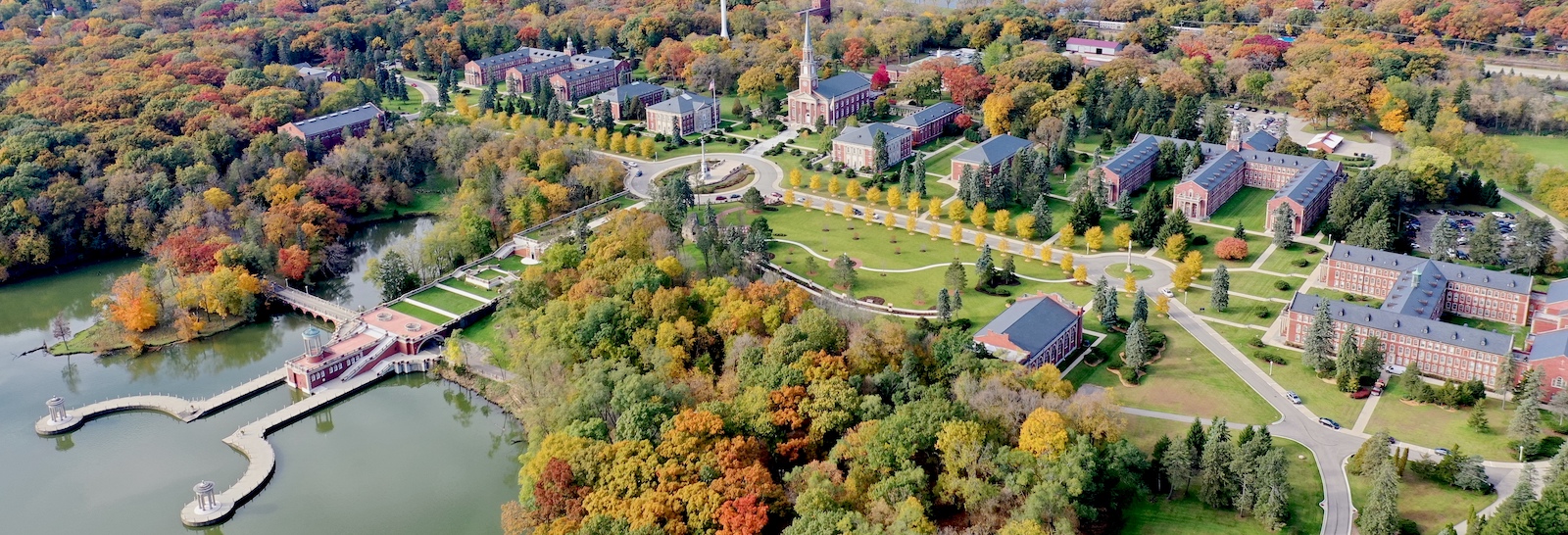Craig Barthlomew is the Director of the Kirby Laing Centre for Public Theology.

Place is ubiquitous, but in our modern world we hardly notice it. How did it come into focus for me? Years ago I helped a PhD student with a project on the anthropology of pilgrimage to Jerusalem. This sparked an interest in pilgrimage and sacred place and led to Fred Hughes and me publishing an edited volume titled Explorations in a Christian Theology of Pilgrimage (Ashgate, 2004). Sacred place backed me into place, and this rich exploration led to my Where Mortals Dwell: A Christian view of Place for Today (Baker Academic, 2011).
A great thing about place is that while study of place can lead one into dense theory, it is also wonderfully practical. This is because humans are by nature embodied and thus always embedded in a place. As the saying goes: place forms us and we form place. When it comes to place the effect of Covid is ambiguous. On the one hand our movement has been restricted and so we have been constrained to attend to the places we inhabit, in some cases to see them for the first time. On the other hand, as Ken Worpole points out “Covid has dramatically accelerated the long-term shift from a place-based to a non-place, networked public realm” (“Covid and the Rise of the Non-Place,” New Statesman 18-24 June 2021, 49). During Covid the online retail market has captured billions, and it is unlikely to relinquish this easily. Thus, Worpole argues that “Attachment to place is the latest terrain on which culture wars are about to be fought.” (ibid., 51) Intriguingly the UK government has set up an “Office for Place” as part of its Building Better, Building Beautiful programme.
The virtual brings many gifts but it cannot replace place, the matrix of individual and community life. As we emerge from the pandemic we are presented with an opportunity to rethink place while retaining the gifts of the virtual. When it comes to place a picture is indeed often better than a thousand words. Chicago has many lovely places but is also awash with monotonous suburban sprawl. While living there for nearly a year nothing prepared me for a visit to Mundelein Seminary. Established in 1844, the seminary has a long history. Occupying some 600 acres it is utterly breathtaking. Once I discovered it I was drawn back to it again and again. We are grateful that the seminary has provided us with photographs that provide some sense of the exquisite beauty of the campus. As useful as is the virtual, it would be a sin to allow the virtual to replace a learning place like this. Of course, to build and maintain a place like Mundelein is expensive, but it allows our imaginations to soar as we rethink what might be possible today. Of course, good places need not be expensive. As I discovered doing my research, the poor in their shacks often have a greater sense of the aesthetic than do the middle class amidst suburban sprawl and cookie-cutter housing. Ordinary and humble can be beautiful, but so too is a seminary like Mundelein.
The Kirby Laing Centre for Public Theology in Cambridge. Charity registered in England and Wales. Charity Number: 1191741
Kirby Laing Centre, The New Mill House, Unit 1, Chesterton Mill, French’s Road, Cambridge, CB4 3NP
© 2022 The Kirby Laing Centre for Public Theology in Cambridge